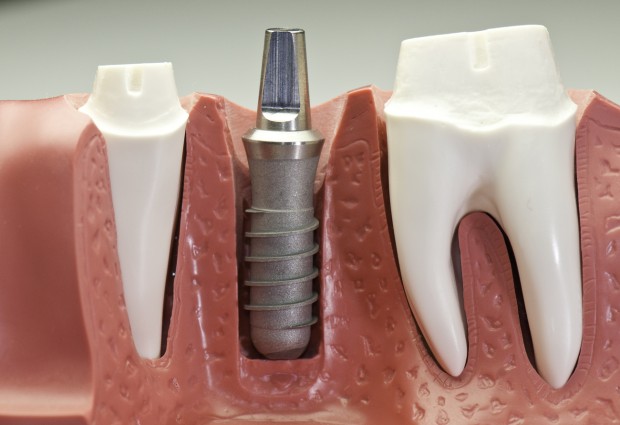
The History of Dental Implants
- 30 Aug 2016
- 0
- Dental Implants
Dental implants are one of the most significant developments in dental science. These implants help replace tooth roots and tooth loss, while also giving patients a better treatment option. Here’s how these implants have evolved over the years.
The Beginning of Dental Implants
During the ‘60s and ‘70s, dental implants were simultaneously designed in Sweden and Switzerland. Their scientists tested and developed implants made of titanium for commercial production. They used titanium because of its unique structure, which bonds to bone cells without any signs of inflammation.
The Development of a Philosophy
Clinicians adopted a philosophy of “The longer, the wider, the better” for dental implants. This meant that implants had to be as long and as wide as possible in order to be successful. Manufacturers produced implants as long as 12, 14, 16, or even 18mm in length. Implants of 10mm or shorter were reserved for special cases.
However, dentists encountered a problem with this philosophy. They learned that periodontal disease would cause people to lose teeth, with little bone remaining. This made it difficult for dentists to add implants the size that they felt was appropriate.
For most clinicians, the answer lay in adding or “grafting bone” to these deficient areas of the jaw so that the patient could have “longer, wider implants.” This practice has led to the development and implementation of a host of bone-grafting protocols, such as “sinus lift” where bone is added to the sinus through a window cut into the side of the sinus bone, and the “ridge augmentation procedure” where bone is added to the jaw through incisions and then the gums are pull up to cover the new bone.
Revaluating the Philosophy
Due to the risky nature of these procedures, patients are often told that they are not eligible for dental implant. However, as scientist studied the subject more, their findings changed everything they knew.
Mounting evidence gleaned from multiple research groups suggested that in fact only the first four millimeters of the implant actually transferred stress to the bone when put into use. The old notion of “The longer the better” was completely mistaken. Research showed that regardless of the implant length, only about the first 4mm of the bone absorbed the stress from use.
In theory, this means that an implant needs not be any longer than about 4mm to provide adequate chewing stability. The 4mm implant was developed and tested in Europe, and as predicted from the science, found to be perfectly stable and long lasting under normal chewing conditions.
While the 4mm implant has yet to be approved for use in the US, the 6mm implants are. These are usually the implants dentists test for patients, and they have done just fine. The short implants have already saved numerous patients from invasive bone graft surgeries, or worse, having to wear dentures.